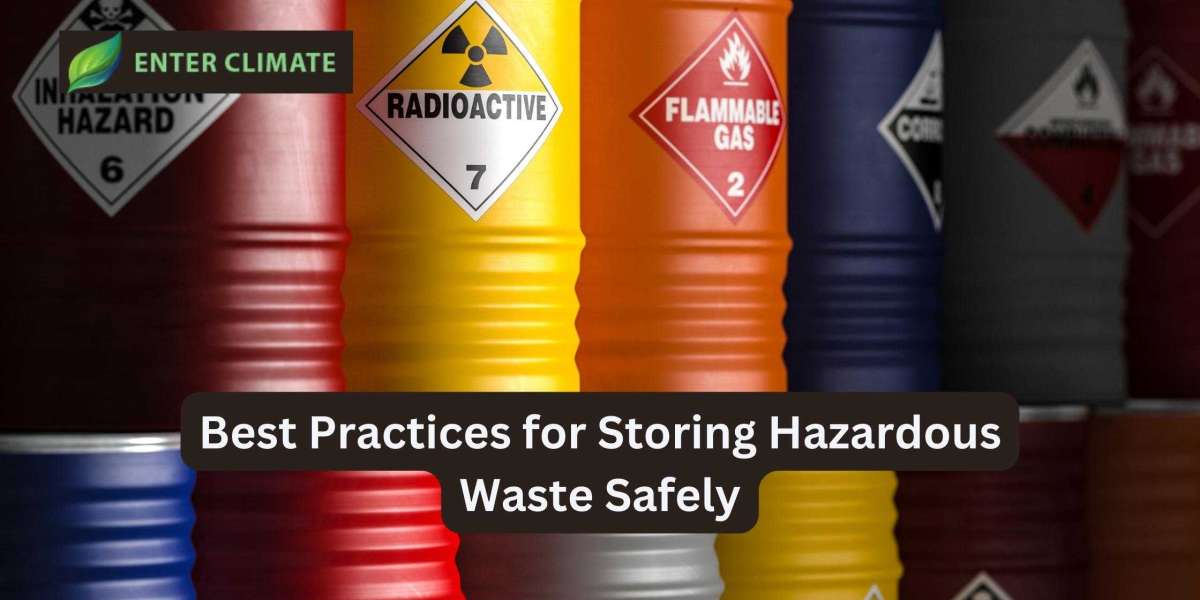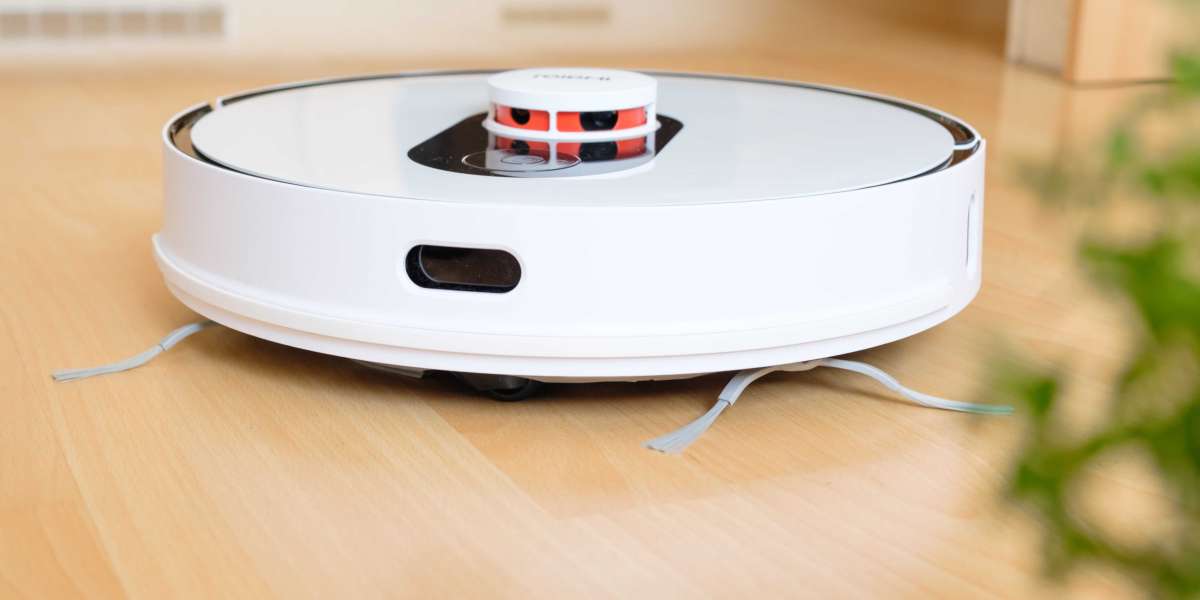Hazardous waste management is a critical concern for many businesses across various industries. Improper storage of hazardous waste can lead to serious safety risks, environmental harm, and significant legal consequences. For businesses, it's not just about disposing of hazardous materials, but also about how they are stored before they are safely removed from the premises.
In this guide, we'll explore the best practices for storing hazardous waste safely, helping your business comply with regulations and reduce potential risks. Whether you're in manufacturing, healthcare, or another industry that deals with hazardous materials, this article will equip you with the necessary knowledge to ensure your storage practices are both safe and compliant.
1. Know the Types of Hazardous Waste
The first step in storing hazardous waste safely is understanding what you're dealing with. Hazardous waste comes in various forms, including solids, liquids, and gases, each with its own set of risks. Common types include chemicals, solvents, batteries, pesticides, and medical waste. Each type may require a different storage approach, so it's crucial to identify the specific materials your business generates.
To ensure compliance with regulations, classify your hazardous waste correctly. Different waste types might be subject to different storage guidelines, including specific temperature ranges, containment methods, and labeling requirements.
2. Use Proper Containers and Labeling
The container you choose for hazardous waste storage is just as important as the waste itself. Containers must be designed specifically for hazardous materials to prevent leaks or spills. They should be sturdy, sealed, and made of materials that resist corrosion and degradation from the waste stored inside.
Some key guidelines for selecting proper containers include:
- Material Compatibility: Ensure the container material is compatible with the waste to prevent reactions that could lead to spills or dangerous fumes.
- Sealability: Containers must be sealed tightly to prevent leaks and emissions of toxic substances into the environment.
- Size and Accessibility: Choose containers that are the appropriate size for your waste volumes and easy for your staff to handle. Avoid overloading containers.
Additionally, proper labeling is essential for safety. All containers should have clear, legible labels identifying the contents, potential hazards, and instructions for safe handling. Labels should also include the date of when the waste was first placed in the container, as hazardous waste has specific time limits for storage before removal.
3. Store Waste in Designated Areas
Hazardous waste should always be stored in designated, secure areas. These areas should be separate from regular storage areas and clearly marked to indicate they contain hazardous materials. Consider the following for storing waste:
- Location: The storage area should be located away from high-traffic zones to reduce the risk of accidents. It should also be far from potential ignition sources or areas prone to flooding.
- Ventilation: Proper ventilation is critical in areas where hazardous gases or fumes could build up. Ensure your storage area is equipped with exhaust fans or ventilation systems to prevent dangerous buildups.
- Access Control: Only authorized personnel should have access to hazardous waste storage areas. This can be ensured by securing the area with locked doors or fences and providing keys or access cards only to those who have received proper hazardous waste management training.
4. Control Temperature and Environmental Conditions
Many hazardous materials are temperature-sensitive. High temperatures can cause chemicals to degrade, potentially releasing dangerous fumes or increasing the risk of fires or explosions. To safely store hazardous waste, ensure that the storage area maintains appropriate environmental conditions. Depending on the type of waste, this might include:
- Cool Temperatures: Some chemicals may need to be stored at cooler temperatures to prevent reactions.
- Humidity Control: Certain materials may be sensitive to humidity and need to be stored in dry environments.
- Fire Safety: Flammable materials should be stored in fire-resistant containers and away from heat sources.
Installing temperature and humidity monitoring equipment in storage areas can help maintain a safe environment and prevent issues before they arise.
5. Segregate Different Types of Waste
Not all hazardous materials can be stored together. Mixing different types of hazardous waste can create chemical reactions that might lead to fires, explosions, or the release of harmful gases. For example, flammable substances should never be stored with corrosive or reactive chemicals.
Ensure that your storage area is divided into sections for different types of waste. This can be achieved with barriers or clearly marked zones within the designated hazardous waste storage area. Proper segregation is not only crucial for safety but also ensures that each type of waste is disposed of correctly when the time comes.
6. Monitor Waste Storage Areas Regularly
Regular inspections of hazardous waste storage areas are essential to ensure safety and compliance with local regulations. A waste management plan should include a regular schedule for inspecting the condition of containers, the storage area itself, and the overall safety of the waste disposal process.
What to look for during inspections:
- Container Integrity: Check for leaks, cracks, or signs of corrosion in the containers.
- Proper Labeling: Ensure that all containers are clearly labeled and up-to-date.
- Security: Verify that the storage area is secure and that unauthorized personnel cannot access it.
- Waste Accumulation: Monitor waste levels to avoid exceeding the safe storage limit for certain materials.
7. Have an Emergency Spill Response Plan in Place
Accidents can happen, no matter how careful you are. For this reason, having a spill response plan in place is essential. Your plan should include:
- Training: Employees should be trained in how to respond to hazardous material spills, including how to use spill containment kits, appropriate protective gear, and proper disposal procedures.
- Spill Containment Kits: Make sure you have spill containment kits on hand in all hazardous waste storage areas. These kits should include absorbent materials, gloves, goggles, and other essential safety equipment.
- Reporting Protocols: Establish a clear protocol for reporting spills to ensure that they are dealt with promptly and in compliance with regulatory requirements.
8. Follow Regulatory Guidelines and Best Practices
Hazardous waste management is heavily regulated by local, state, and federal agencies, including the Environmental Protection Agency (EPA) in the United States. Make sure that your storage practices align with the latest regulations and best practices outlined by these authorities.
Regularly review local hazardous waste storage laws to ensure your business remains compliant and up-to-date with any changes in the regulations. Non-compliance can lead to hefty fines, legal troubles, and damage to your business's reputation.
Conclusion
Storing hazardous waste safely is an essential part of a business's overall hazardous waste management strategy. By following these best practices—such as using appropriate containers, segregating waste, maintaining proper environmental conditions, and regularly inspecting storage areas—businesses can significantly reduce the risks associated with hazardous materials.
In addition to ensuring safety, these practices help businesses stay compliant with regulations, protecting both employees and the environment. With the right procedures and preparation, hazardous waste can be stored in a safe, controlled manner that minimizes its dangers and supports responsible business practices.
FAQs
1. What are the main types of hazardous waste?
Hazardous waste comes in several categories, including chemical waste, medical waste, flammable waste, corrosive materials, and radioactive materials. Each type requires specific handling and storage procedures.
2. How often should hazardous waste storage areas be inspected?
Hazardous waste storage areas should be inspected regularly, typically on a monthly or quarterly basis, to ensure that containers are secure, properly labeled, and that no leaks or spills are present.
3. What should I do if there is a hazardous waste spill?
In the event of a hazardous waste spill, immediately contain the spill using appropriate spill containment materials. Alert emergency personnel, follow your company's spill response plan, and report the incident to the appropriate regulatory bodies.








